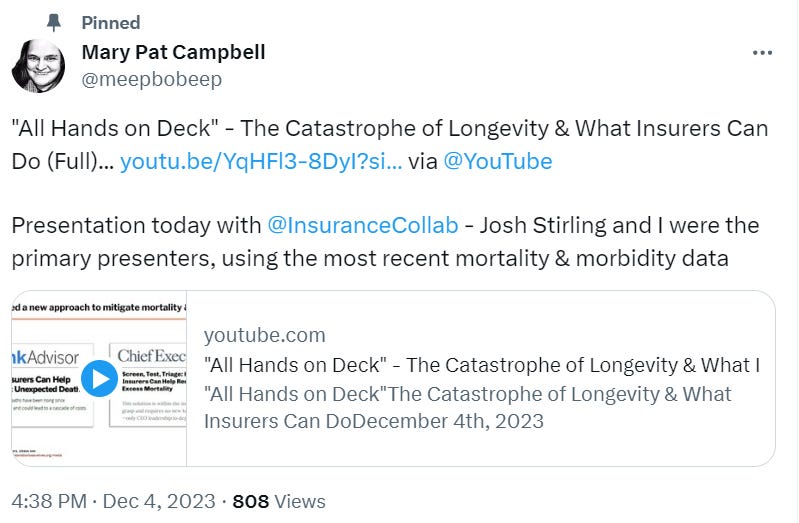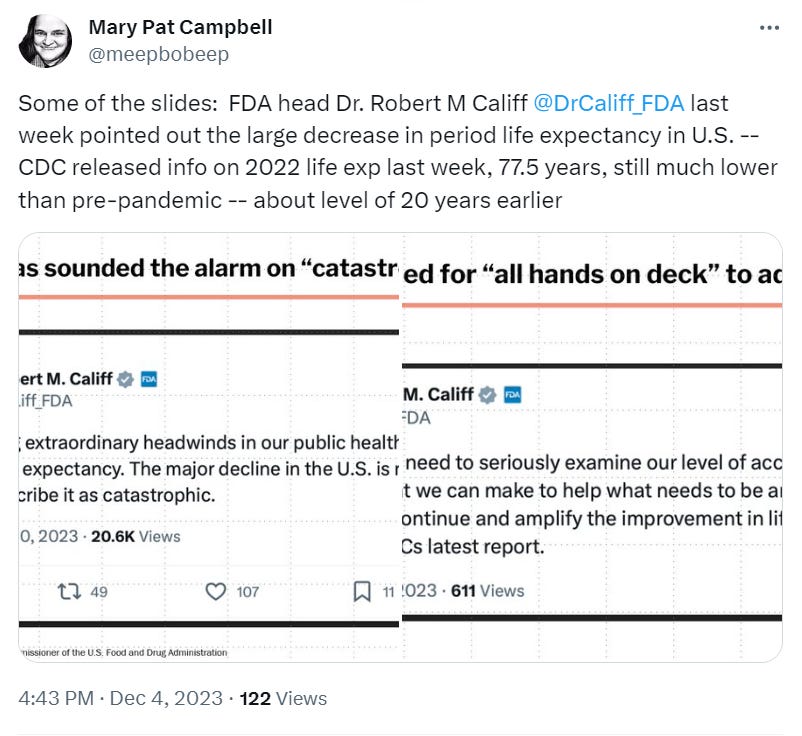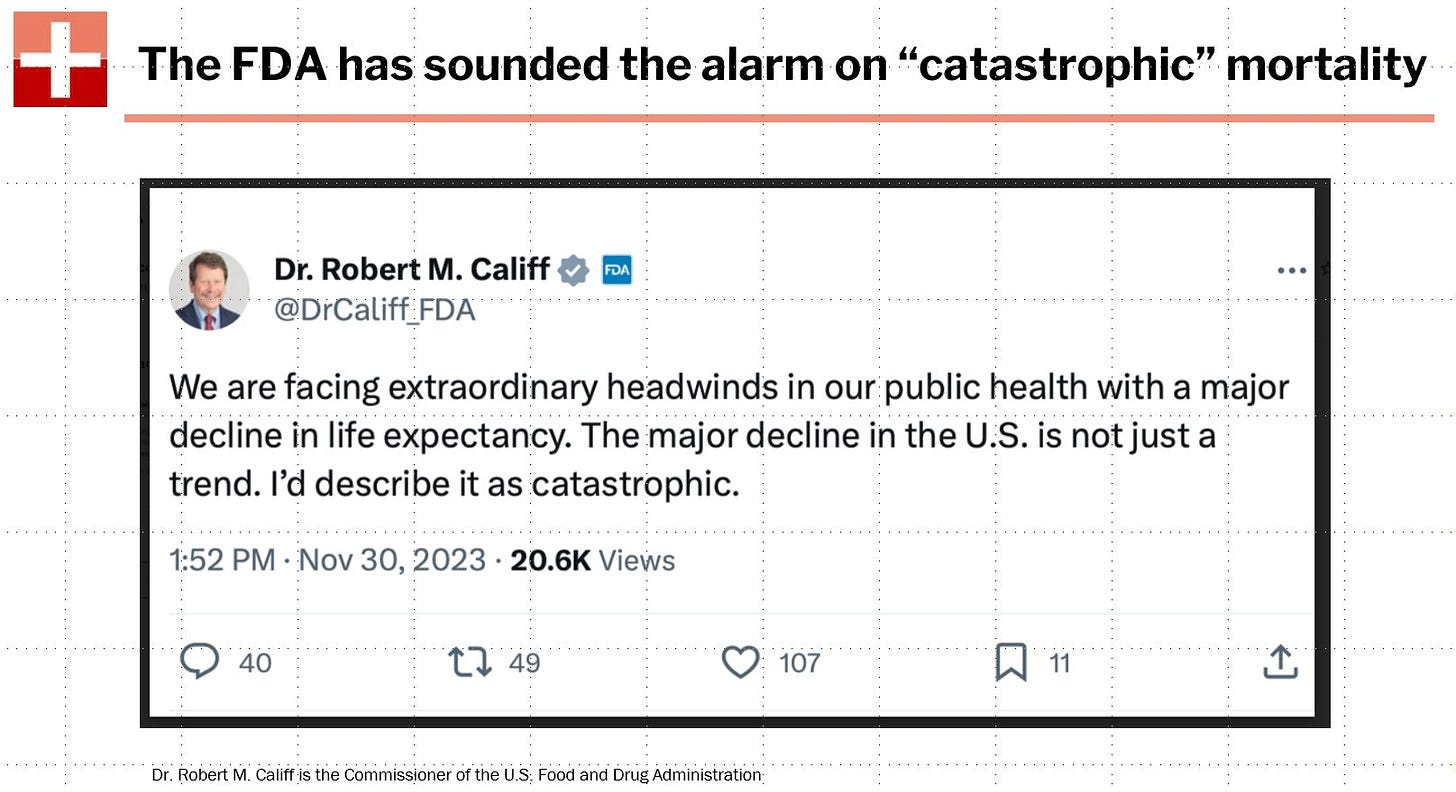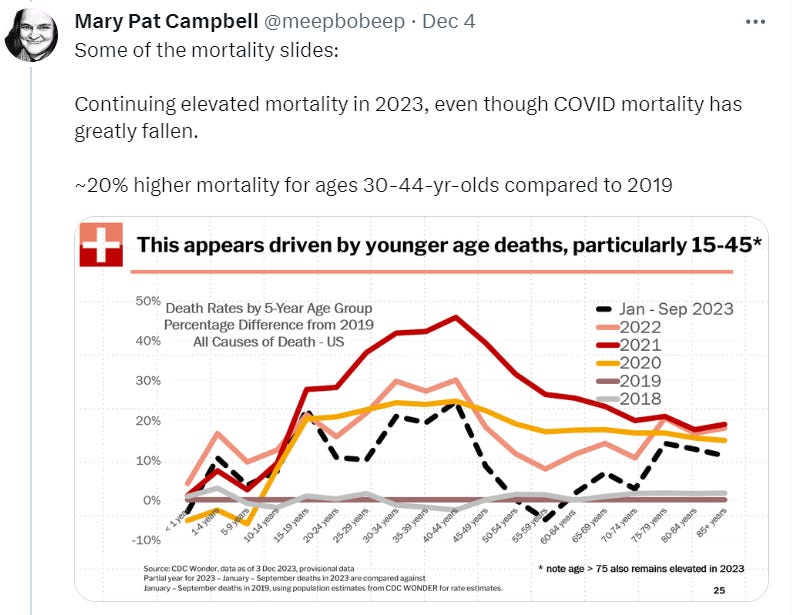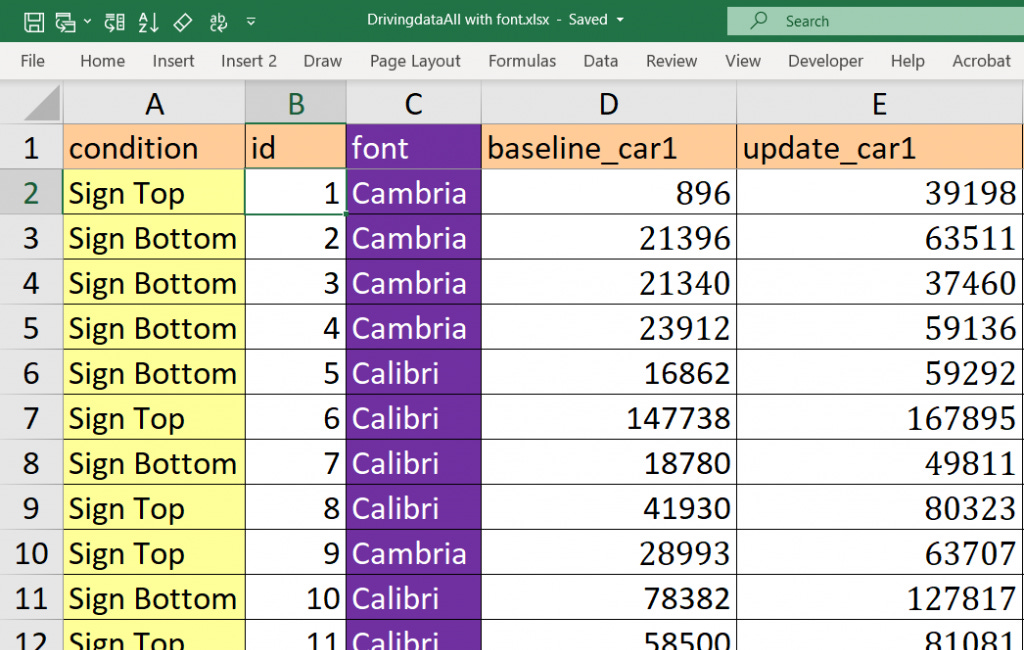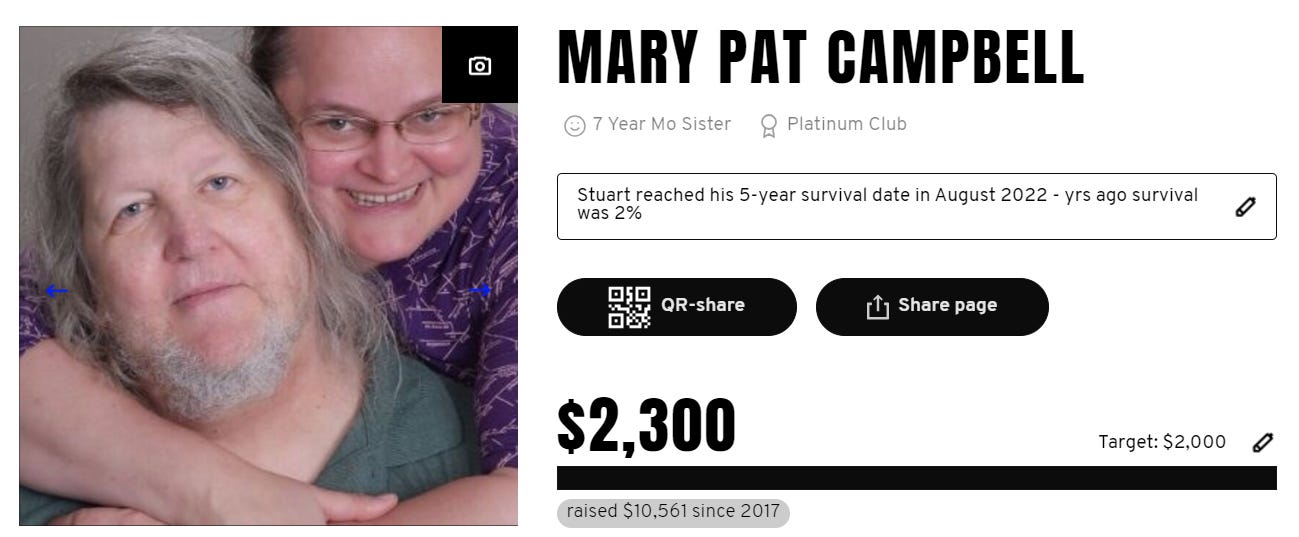The Week in Meep: 10 Dec 2023 - ICSL Talk, Spreadsheets and Fraud, and Resting
It's not great - I'm run down
It’s been a rough week for me, but here are a few things.
All Hands on Deck: The Catastrophe of Longevity, and What Insurers Can Do
On Monday, December 4, 2023, I presented with Josh Stirling for the Insurance Collaboration to Save Lives.
I presented the mortality slides, and if you just want to get to that part (as the above video is 46 minutes long), I enter at about the 17-minute mark.
I made a twitter/X thread on the talk:
With some of the slides:
Spreadsheets and Fraud
The following isn’t new, but I’m a member of the European Spreadsheet Risks Interest Group (there are a few other Americans involved, but yes, we’ve had a tough time getting people in the U.S. to pay attention) — in a discussion this week, they reminded me of some of my writing/talks on how it’s a very bad idea to use spreadsheets to perpetrate fraud.
Look, don’t perpetrate fraud in the first place, but if you’re going to do it, spreadsheets are a poor choice… for the same reason they’re a poor choice to do good accounting, process, etc.
Back in 2021, I wrote “Distrust and Verify” when the Data Colada folks first noted that something odd had gone on in the Dan Ariely et al research that involved auto insurance.
Different researchers trying to replicate the results looked at the original data, and saw some anomalies. Additional researchers looked at the data from the attempted replication (published 2020)[5] and data released on the original experiment (published 2012),[6] and found even more anomalies. The details can be found in a blog post at Data Colada.[7]
Pretty much all the anomalies, such as indications that a uniform pseudorandom number generator (PRNG) was used to generate odometer readings, pointed to data falsification.
The most hilarious “tell” was that two different default Excel fonts were used in the files; half the data used Calibri (the default sans serif font in Microsoft Office applications, and usually the default font in Excel), and half the data used Cambria (the default serifed font). It seems like the original data were in Calibri, somebody copied the data over and then used a PRNG to add to those numbers to try to hide the falsification, and somehow switched the font while doing so. Perhaps they had switched the font so whoever doing the falsifying could eyeball the original versus the copies.
Now, the fraud would still have been detectably without the font flag, but that is really weird.
That was just the tip of the research fraud iceberg, of course, and I had more this year:
There are lawsuit(s) now, so I wonder where that will end up. Because it seems (maybe) that the person who faked the data didn’t even have their name on the research papers. Maybe that was their revenge. Heh.
In 2022, I did a podcast episode on a fraud done by employees within Allianz, and it was just amazing:
This one I found in a twitter thread, and I was flabbergasted in how this one was run.
THEY DOCUMENTED THEIR FRAUD.
I mean, wow, I’ve worked on so many teams where the process for legit stuff wasn’t documented, so go them, I suppose.
Health Stuff
While winter is my favorite season, it does tend to be the worst for health for everybody. I’ve been very tired myself, and for those who are not in the know, I have a chronic pain condition that has been dogging me since 2010. So I just poop out.
Stuart, my husband, had some exploratory surgery this past week, and we’ll find out the result of that next week, we hope.
In the meantime, here is a picture of my son’s Lego City advent calendar he’s been doing on his own.
…and thanks to my last few Movember donors! I think Calvin Baker was the last one:
A very respectable sum! Thanks, all!




